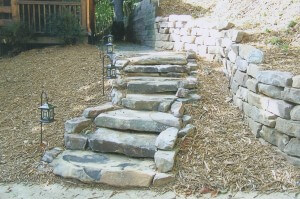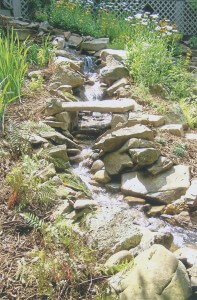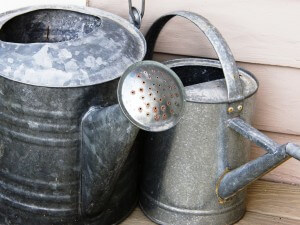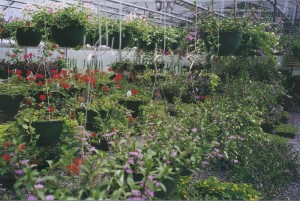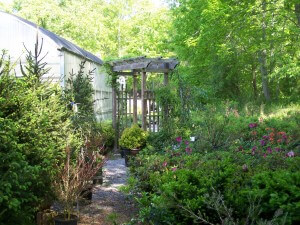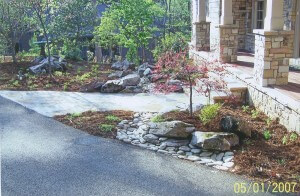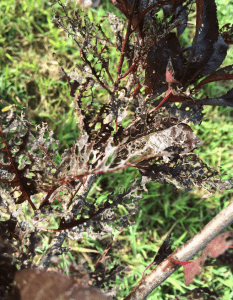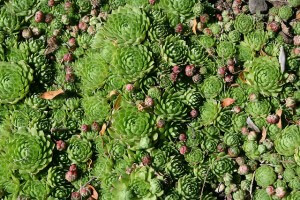Let’s face it, in Jasper as well as the rest of North Georgia the fall weather can sneak up on you. Before you know it, it’s “bye-bye” sweet tea on the porch and “hello” sweater weather. When you’ve invested time, money and energy into making your yard beautiful you want your family and friends to be able to enjoy it safely. If you have a hardscape such as a patio, chances are good that you may have invested in an outdoor fire pit. Fire pits are great ways to utilize this outdoor space when the weather gets cooler.
While it’s a ton of fun to sit outside in the dark while drinking a hot cider or making s’mores, here are a few tips to make sure you can have fun while also being safe:
- Be mindful of the location of your fire pit. If you have something that is not permanently installed into your hardscape, make sure you are at least ten feet away in all directions from anything that might be combustible. Keep the space clear of pine straw and leaves as they are highly combustible.
- Check the weather before you start a fire. Windy conditions can cause embers to blow onto either a combustible surface or onto somebody’s skin.
- Before starting the fire, have water and/or your garden hose nearby in case of an emergency.
- Use a store-bought fire started to start your fire. It is way too dangerous to use fluids or gasoline close to the home.
Do you want more information or making your hardscape more functional for the fall weather? We’ve got you covered. Contact us or stop by our nursery today!




